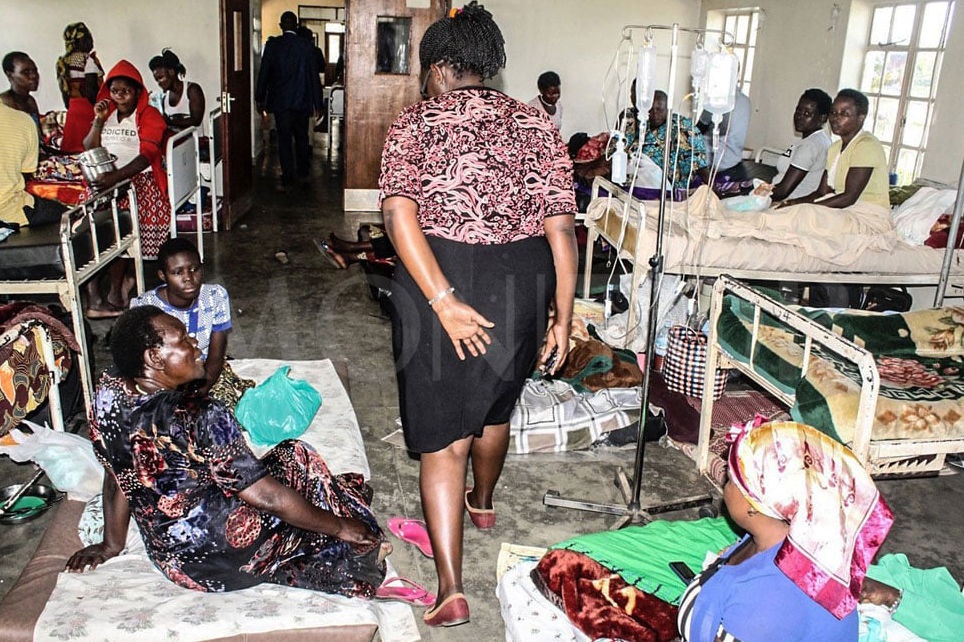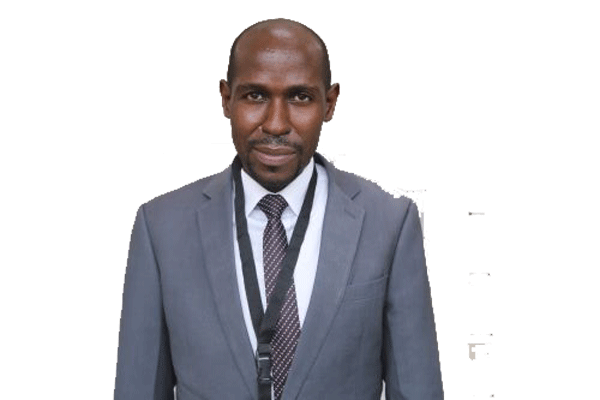Prime
Integrate rehabilitation in health system for attainment of universal health coverage

What you need to know:
- There are few employed rehabilitation professionals in both government and private sectors despite their presence in the country, poor funding for rehabilitation from both government and development partners/ donors, weak governance and leadership for rehabilitation at all levels, and generally a lack of will and commitment from politicians, health technocrat in both public, private and donor community.
A few days ago, The Uganda Bureau of Statistics (UBOS) disseminated the findings of Uganda Demographic and Health Survey (UDHS) 2022.
The survey highlights the performance of key indicators of Health as established by the Ministry of Health, and Uganda’s development partners.
The trends in maternal and child health are some of the indicators of high interest. Whereas the report indicated some improvements registered under maternal and child health, many infants and neonates continue to die before they are born, during delivery or after delivery due to preventable causes. An unknown number of children survive with disability.
In Uganda, the most common childhood disability is cerebral palsy that significantly affects motor, speech, sensory functions of the affected children.
The babies born with disability require a comprehensive multidisciplinary management if they are to survive and live meaningful lives. Key among the required intervention is the provisions of rehabilitation and assistive products to support their functioning in day to day activities.
However, rehabilitation and assistive technology services are not fully integrated in our health systems to respond to the needs of this population.
For example, there are few employed rehabilitation professionals in both government and private sectors despite their presence in the country, poor funding for rehabilitation from both government and development partners/ donors, weak governance and leadership for rehabilitation at all levels, and generally a lack of will and commitment from politicians, health technocrat in both public, private and donor community.
This leaves the few rehabilitation staff over-worked with little or no assistive devices to provide for their patients. The children born with disabilities and their families are left in a situation of either no access to rehabilitation services or limited access.
They often live at the mercy of God and many do not live long enough to reach their potential.
It is, therefore, high time research and surveys equally report on these children such that the country and developing partners can plan for them, integrate fully rehabilitation services across all levels of the health system through recruitment of more rehabilitation professionals, building and equipping the available orthopaedic workshops with materials and technology to locally fabricate assistive devices such as crutches, wheelchairs, walking canes, etcetera.
This shall go a long way in reducing inequality and poverty, and ensuring universal coverage for all without discrimination as enshrined under the Sustainable Development Goals (SDGs).
Arthur William Nseko, Occupational Therapist, Gulu, [email protected].




